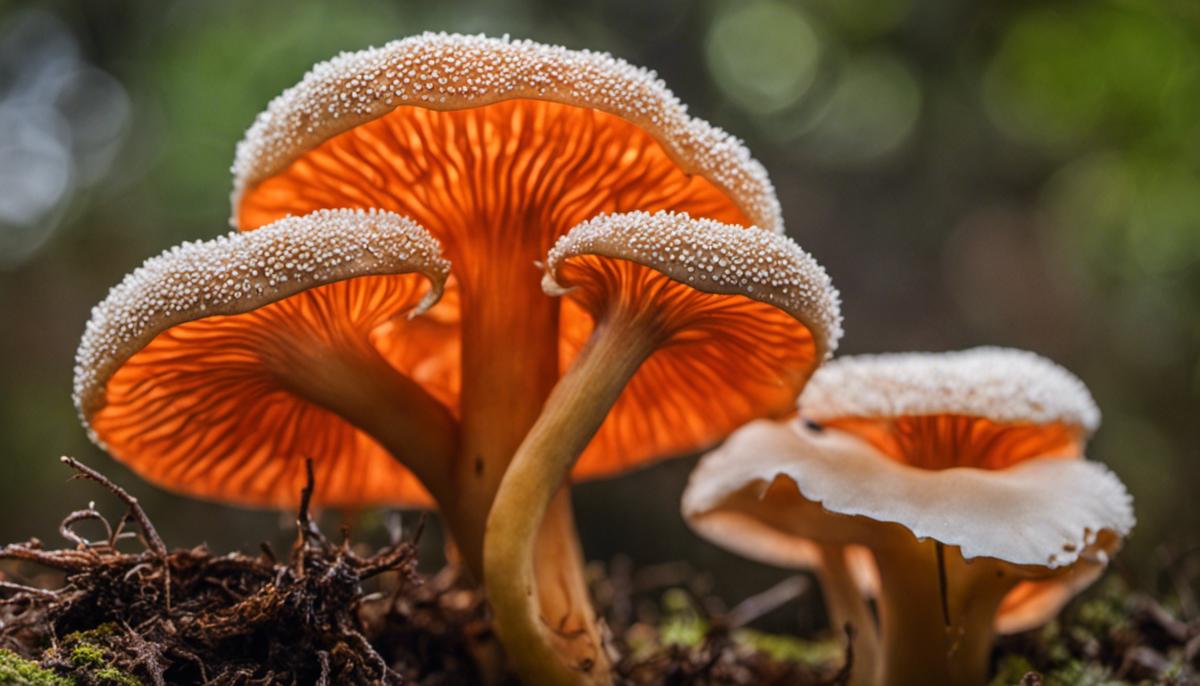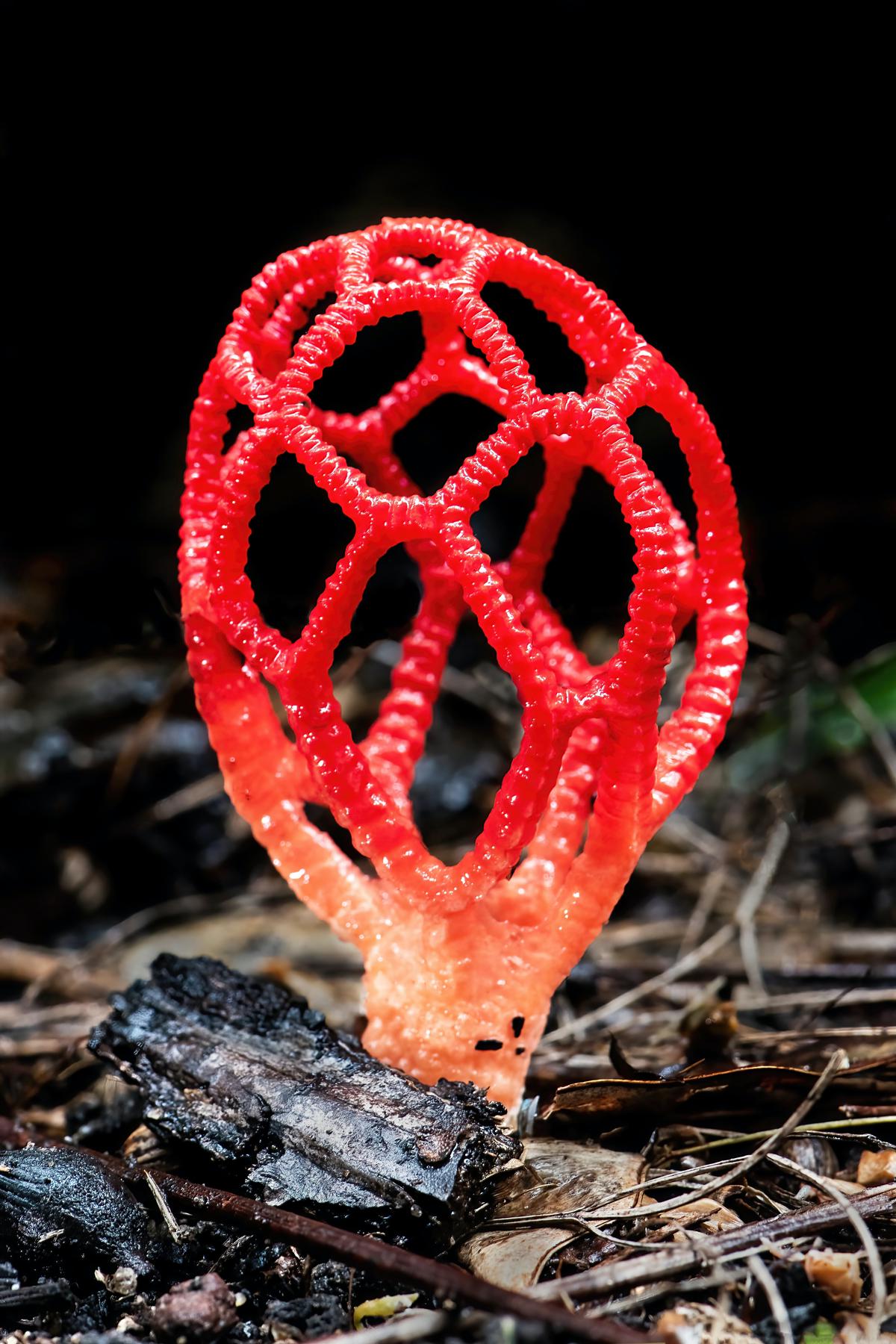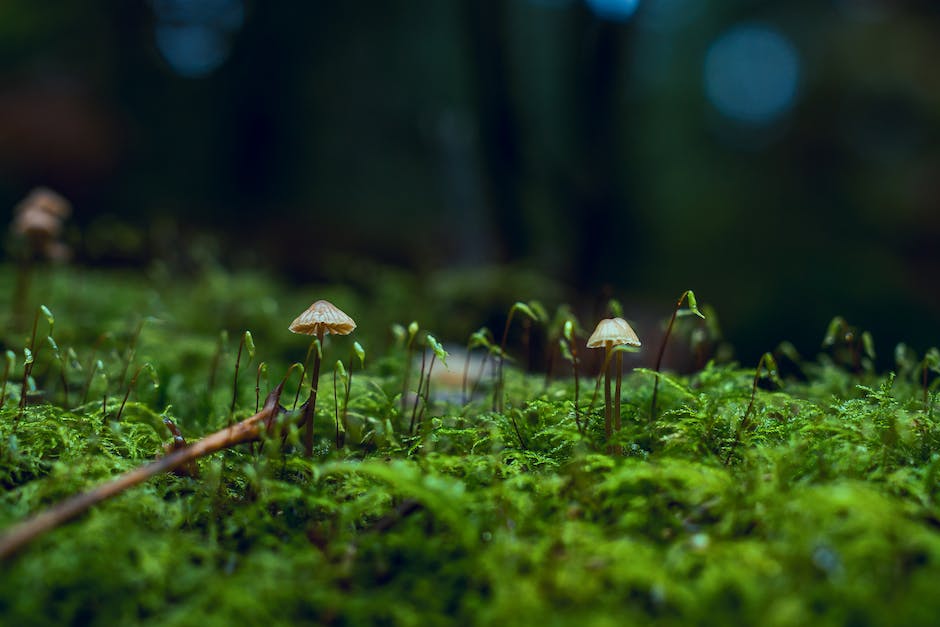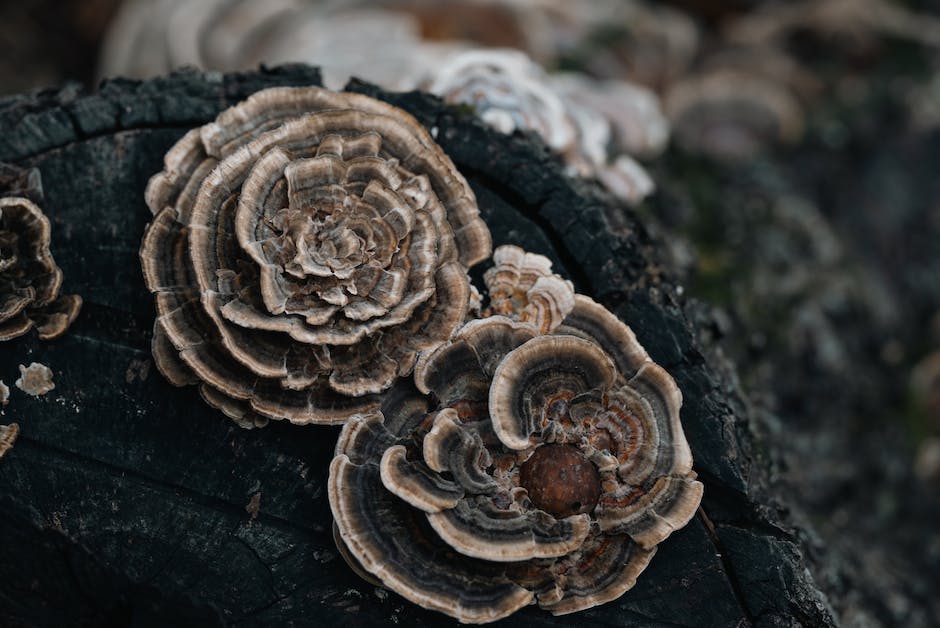Eliminate Stinkhorn Fungus: A Simple Guide

Stinkhorn fungus, known for its unmistakable foul smell and unusual appearance, is a nuisance that many gardeners and homeowners struggle with. Learning to recognize these fungi is the first crucial step towards eliminating them. In addition, understanding the various methods of removing stinkhorn, from actual physical removal to utilising fungicides and natural repellants, is key to reclaiming the health and vitality of your yard or garden. This text also focuses on preventive measures that can keep stinkhorn fungus at bay, such as implementing proper sanitation practices, opting for fungus-resistant varieties of plants, and introducing organisms beneficial to plant health. Armed with knowledge and restoring measures, you can tackle this fungal intruder effectively, ensuring a clean, stink-free outdoor environment.
Identify Stinkhorn Fungus
Accurate Identification of Stinkhorn Fungus: An Examination
Stinkhorn Fungi, members of the phylum Basidiomycota, diversify biology’s grand tapestry. Their curious lifecycle and, notably, their distinguishable smell, make them an intriguing subject for mycologists, naturalists, and casual observers alike. However, being able to correctly identify this unique fungal genus requires the application of precise taxonomic methods. This article provides a streamlined process for identifying stinkhorn fungus in its different stages of development.
In the nascent stage, idiosyncratic ‘eggs’ typify stinkhorns. Observing the ground in damp, woodland areas may present these egg-like structures, often camouflaged by leaf litter. Ranging from one to six centimeters in diameter, the gelatinous eggs encompass the developing fruiting body. An experienced observer would be prudent to remember the elasticity of stinkhorn eggs, a unique characteristic distinguishing them from adjacent substrates.
Upon maturity, the stinkhorns emerge. Robust, defiant, and stemming from the embryonic ‘egg,’ the fruiting bodies or ‘receptacles’ can stretch from 5 to 30 cm, depending on the species. Stinkhorns exude an audacity with their exotic morphology, ranging from linear to intricately latticed structures. It is this mature form, the fruiting body, that earns the stinkhorn its name. The spore mass, or gleba, emits a pronounced, disagreeable odor, effectively attracting insects for spore dispersal.
The gleba’s coloration and consistency provide another criterion for identification. Often, the gleba covers the tip or cap of mature stinkhorns, appearing as a foul-smelling, olive to brownish slime. This mucilaginous spore mass gives the stinkhorn an unpalatable appearance but is integral to its reproduction strategy.
While these layman’s guidelines can steer one towards a presumable identification of stinkhorns, a more rigorous confirmation requires microscopic evaluation. Here, a diligent enthusiast would need to examine the basidiospores – the spores produced by the basidia on the fruiting body. Typical stinkhorn basidiospores are ellipsoid, ornamented, and measuring around 3-5 x 1.5-2.5 micrometers.
Despite the revulsion, stinkhorns often instigate, appreciating them for their role in ecosystem functioning and their fascinating biology affords them the respect they warrant. Their bizarre appearance and lifestyle serve as vivid reminders of nature’s astonishing diversity, making the study and identification of stinkhorns an endlessly rewarding pursuit. As bold stewards of the forest floor, these fungi reiterate nature’s resounding invincible mantra – life finds a way.

Photo by davidclode on Unsplash
Methods of Removing Stinkhorn Fungus
As we delve into the world of stinkhorn fungi, it becomes evident that despite their olfactory displeasure to humans, they perform essential roles in our ecosystems. However, the proximity of these fungi to residential spaces can result in the need for effective removal strategies. This article will discuss more potent methods for these fungi’s removal, which maintain both propriety of process and respect for the environment.
Understand first and foremost that stinkhorns, like all fungi, thrive where food and moisture abound. Thus, a significant and often overlooked factor in controlling stinkhorn proliferation lies in environmental management. Observe the surroundings carefully – rotting wood, organic mulches, compost piles, leaf litter – all of these contribute to a nutrient-enriched environment conducive to stinkhorn growth. Removal of these materials or converting them to less decomposable forms can drastically reduce stinkhorn appearances.
Early detection and removal of the egg stage can also prevent mature stinkhorns from releasing spores and proliferating further. However, the efficacy of this depends largely on the observer’s ability to identify stinkhorn eggs, which requires a deep understanding of their intrinsic characteristics previously discussed. Should one encounter these eggs, removal should be prompt, preferably using vinyl gloves to avoid contact with potential skin irritants. After collecting the eggs, place them in a plastic bag and dispose of it properly to negate any chances of the fungus resurfacing in your yard.
Chemical fungicides can also be a route of interest when looking at stinkhorn removal. However, they are seldom recommended due to negative environmental repercussions. Most fungicides containing active ingredients such as sulfur or copper soap can eliminate fungi superficially, but consistent application is required, thus raising ecological and health concerns. It’s essential to consider the broader picture while thinking about this eradication method.
Biological control may be a more sustainable choice for the long term. Certain microorganisms, like Trichoderma species, are known to be antagonistic towards various fungi, stinkhorns included. Introducing these in the environment can reduce stinkhorn infestation naturally and ecologically. However, the sustainability of this method depends highly on local environmental factors, and results may differ across regions.
Finally, it should be emphasized that stinkhorns, albeit their unwelcome presence in our gardens due to their distinctive odor, are fascinating subjects of study in their own right. These fungi play an integral part in maintaining our ecosystem’s health; they decompose organic material and continue the cycle of nature. Thus, even when arming oneself with the knowledge and tools for effective removal, one should bear in mind the noble role these ‘stinky invaders’ play in nature’s grand orchestra. Striking a balance between maintaining our comfort and preserving nature’s functionality is the ultimate challenge at hand.

Preventive Measures Against Stinkhorn Fungus
Stinkhorn fungi, while offering a complex course of study for mycologists and ecologists due their role in ecosystem functioning, can create a nuisance due to their pungent odor. Even though pheromones emitted by them serve as a communication platform for insects, the effect of these odors on human olfactory senses can be less appealing. Hence, it becomes essential to understand various strategies for preventing or suppressing their growth.
Accurate prediction of environmental patterns favoring stinkhorn growth is the first step. Qualified mycologists have established that these fungi thrive in moist, organic rich grounds. Hence, efficient environmental management such as proper drainage systems, timely removal of Garden debris, and decomposition of organic matter can limit their habitat, thus curbing stinkhorn expansion.
Detection of stinkhorn eggs, which are typically volatile beneath woodland detritus, plays a pivotal role in prevention. Early identification when the fungi are in their egg stage facilitates removal before maturity and dispersal. Spherical to egg-shaped and encased in a gelatinous outer layer, these can be handpicked to contain the spread of stinkhorns.
In areas severely infected with these fungi, the use of chemical fungicides emerges as an effective strategy. Fungicides containing active ingredients such as copper sulphate and bordeaux mixture have been known to counteract stinkhorn growth. However, it is essential to note the mitigation does not occur without a cost. The non-target impact of these chemicals on other species and the environment must be considered.
As an alternative, biological control provides a sustainable option for stinkhorn removal. Thus far, research indicates that certain nematodes predate on stinkhorn eggs, implying these microscopic worms could be employed as biological control agents. However, additional research is pertinent to understand their efficiency and applicability in the field.
While discussing these preventive measures, it is crucial to re-emphasize the ecological importance of stinkhorns. Despite the concerns for the unpleasant smell they emit, stinkhorns are beneficial to the overall health of many woodland ecosystems as they assist in the decomposition of dead organic matter. Thus, any management strategy should focus on minimizing human inconveniences while ensuring the least disruption to the ecosystem.
In conclusion, mitigate stinkhorn occurrence or reoccurrence requires a careful balance of early detection, efficient environmental management, and carefully planned removal. Simultaneously, efforts should be made to understand and respect the ecological role stinkhorns play within their native ecosystems.

We have navigated together through understanding the stinkhorn fungus and how to eliminate it. However, it is essential to remember that prevention is better than cure. Implementing preventive measures, maintaining proper sanitation practices, choosing resistant varieties and promoting beneficial organisms can keep your garden stink-free. Keep vigilant for signs of stinkhorn fungus, and act quickly when its presence is detected to minimize its disruptive effects. The fight against stinkhorn fungus is a continuing process. Ensuring a healthy, balanced garden is an ongoing task, but its satisfaction is unparalleled. Rest assured, equipped with the knowledge and strategies provided, you can confidently face the stinkhorn fungus, triumph over it, and maintain a lush, vibrant garden.



